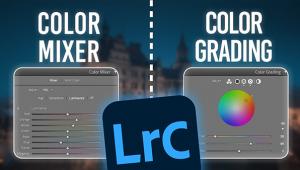Streetwise Street Photography

We are surrounded by people and places. Add a camera and you have everything you need for street photography.
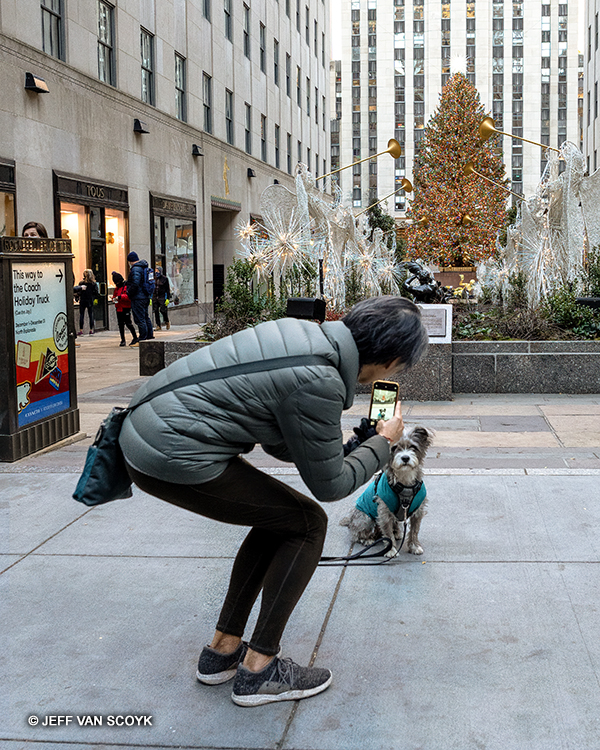
Most of us have seen images captured by Henri Cartier Bresson, Elliott Erwitt and W. Eugene Smith. These are but three of the photographers that took a simple, quick form of photography and made it an art form. I say it was quick, and many times it was just one micro speck of an instant, captured or missed, but these photographs were not always by chance. In many instances the photographers scouted for light and location in advance, then waited for a person to add “The decisive moment.”
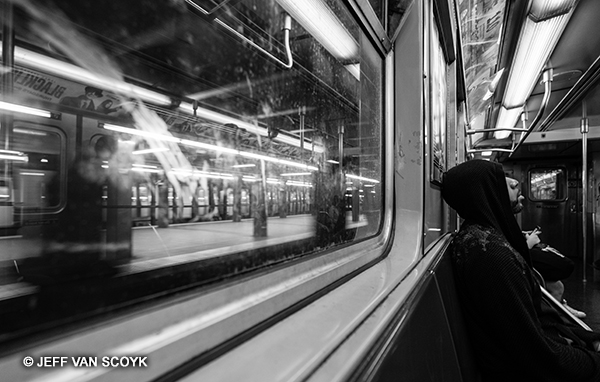
Street Gear
Most of the famous street photographers were known for using small, light-weight rangefinder cameras such as Leica and Contax (one noticeable but brilliant exception being Weegee). I recommend using the lightest, smallest and quietest camera you have in your collection. Most mirrorless cameras are perfect for this, since mirrorless cameras from Sony, Canon, Fujifilm and Nikon are small and light.
I usually recommend a small prime lens, 35mm to 50mm, rather than a larger zoom, and it doesn’t need to have an extremely fast aperture. In fact, many early street photos were shot at f/5.6 or smaller because they needed more depth of field to cover any focusing errors. It’s easier in the age of autofocus! My camera of choice is the Sony Alpha 7C with the Sony FE 40mm f/2.5 G lens, but any unobtrusive camera will work great.
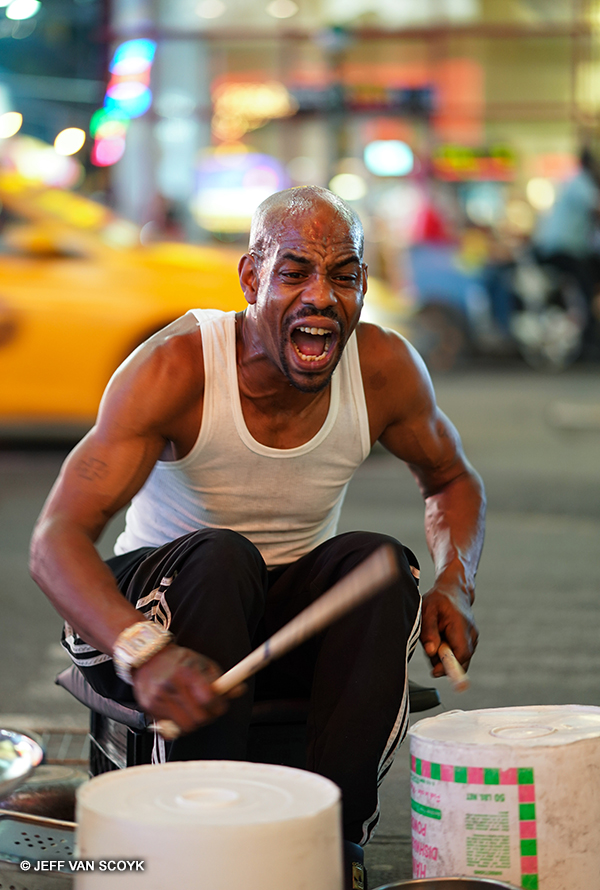
Technique
When the masters of street photography were establishing the art form, they commonly preset their cameras for exposure and focus. If something unanticipated happened, it was often missed. They were more likely to pick out a scene with nice light and a good background and wait for a person to pass through the framing. F/stop, shutter speed and focus distance were set in advance.
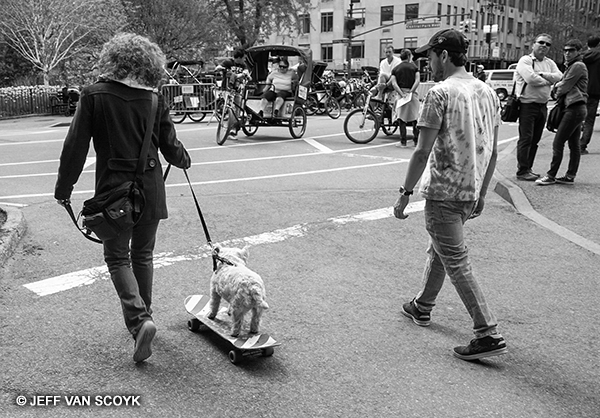
Modern equipment can be used the exact same way but with better odds of grabbing an unexpected shot. I prefer to shoot on manual, with an f/stop usually around f/5.6 or f/8, a shutter speed around 1/250 sec that stops most human motion, and the ISO on Auto. Depending on the scene, pre-focus, or more likely use auto-focus.
Locations
I like to shoot downtown in major cities like NYC and Chicago, but I have also shot in suburbs, small towns and while traveling. Street photography can happen anywhere there are streets.
To me, street photography always includes people. Photos without people are really urban landscape and architecture.
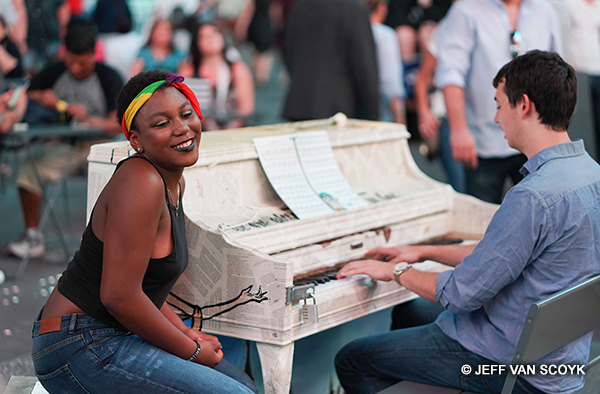
The image doesn’t need to show a face, but human presence suggests a story that draws the viewer in. You just need an interesting background, people, and like all photography, good light. I prefer to shoot in the morning and evening for dramatic shadows. When you’re out early and late, you must be aware of safety for yourself and the gear. I prefer to shoot with a friend. If we don’t find any good subjects, or the light is bad, we can always get a healthy donut and good conversation.
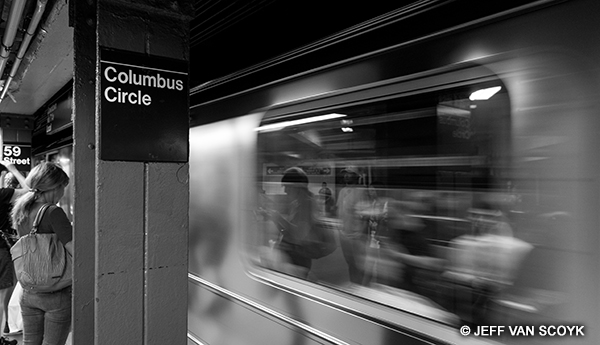
Privacy
You must be willing to push the shutter button when you see something you want, but there’s a lot of discussion about the privacy issues involved in street photography. Whose picture can be taken, what will it be used for, and what is just plain polite in our relatively rude online world?
I’m not a lawyer, so take my observations with a 50-pound bag of salt. First, if your images are to be used commercially, say, in an ad for a product, you must have model releases. In the USA it has been generally agreed that people do not have a reasonable expectation of privacy in public spaces; however, what is a public space? Restaurants, malls and retail stores are all privately owned, so there are question marks.
Above all else, be respectful of everyone’s situation. There are many sources online that explore the rights issues. For more information check out “Street Photography and the Law: What you Need to Know,” written by Attorney Mickey H. Osterreicher.
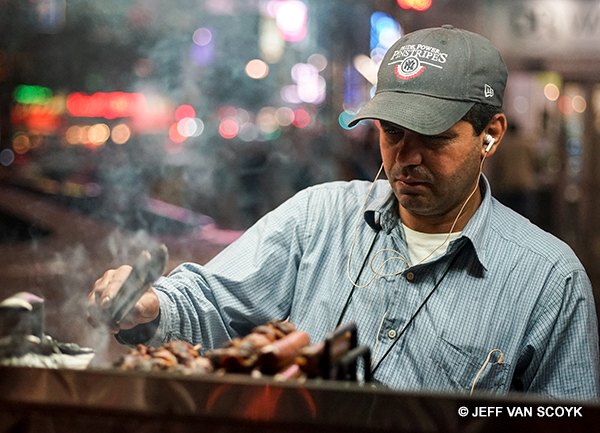
Conclusion
Street photography sharpens your eye and improves your timing, even if it’s not your main thing where picture taking is concerned. You probably already own all of the gear you need, and of course, you always carry a camera with you, right? And if street photography is your bag, great! I’ll see you out there.
—Jeff Van Scoyk
All images © Jeff Van Scoyk. Jeff Van Scoyk has a degree in photojournalism from Southern Illinois University and spent his working career in the camera divisions of Minolta, Panasonic, and Sony. Now retired, he pursues his interests in wildlife, street and travel photography.
- Log in or register to post comments











































